I know what you’re thinking. “Why,” you wonder, “is he picking the ‘worst’ Civic Type-R as a future classic, when there are so many others to choose from?”
To which I can provide several responses, and hopefully in a few hundred words’ time, you might have a new appreciation for Honda’s oft-maligned hot Civic, or at the very least, understand why it’s likely to gain appreciation in the classic space in future.

Purely addressing why you’re not seeing another – any other – Civic-R in this space can be answered partly because we’ve already covered the FK8-generation car, that being the all-conquering car before the current all-conquering car. The latest two Civics are on such a different plane from any other modern hot hatch that they’ve basically become legends in their own lifetimes.
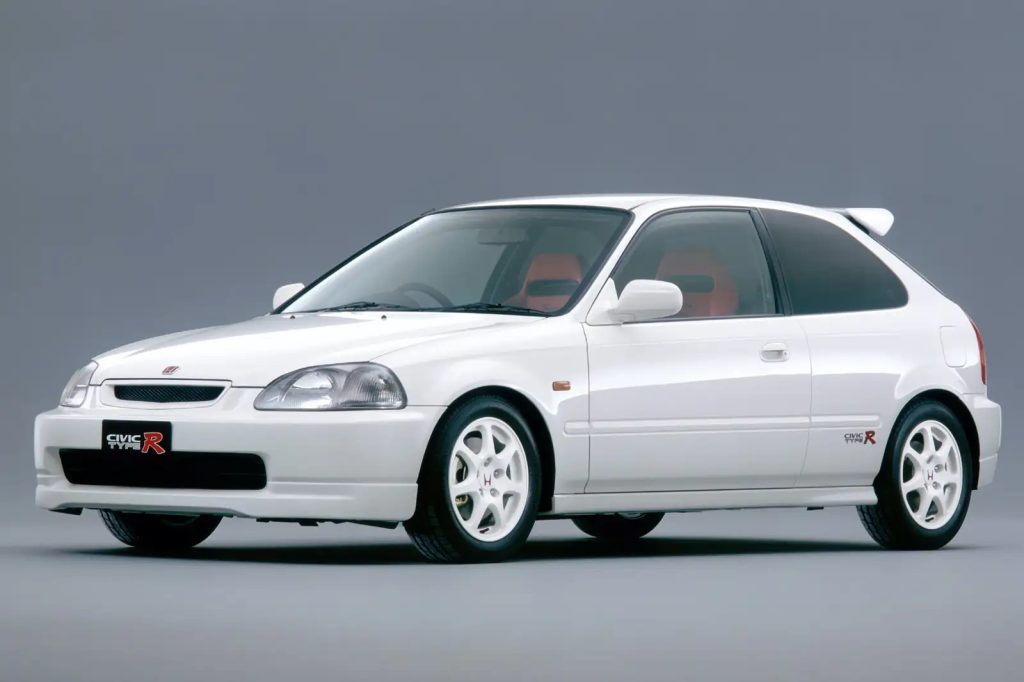
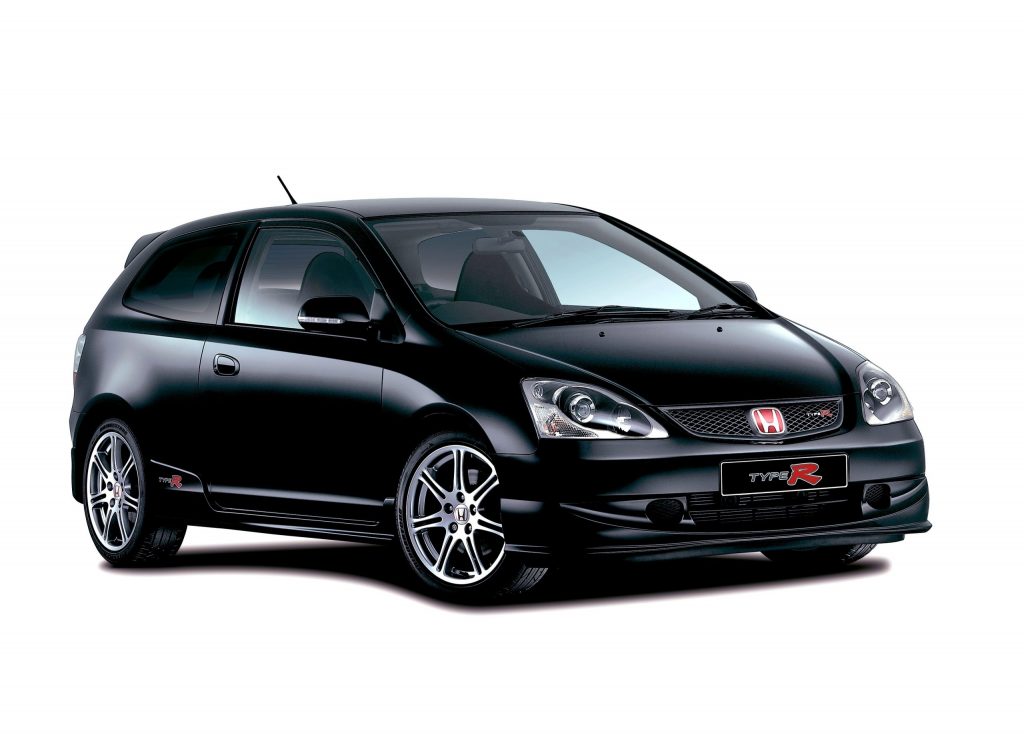
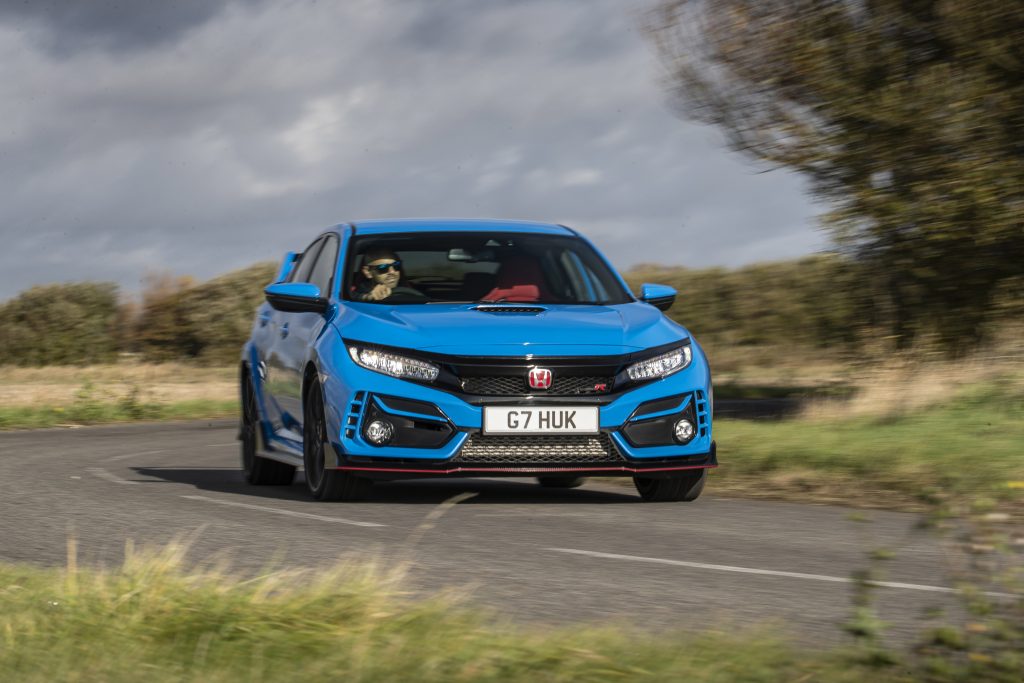
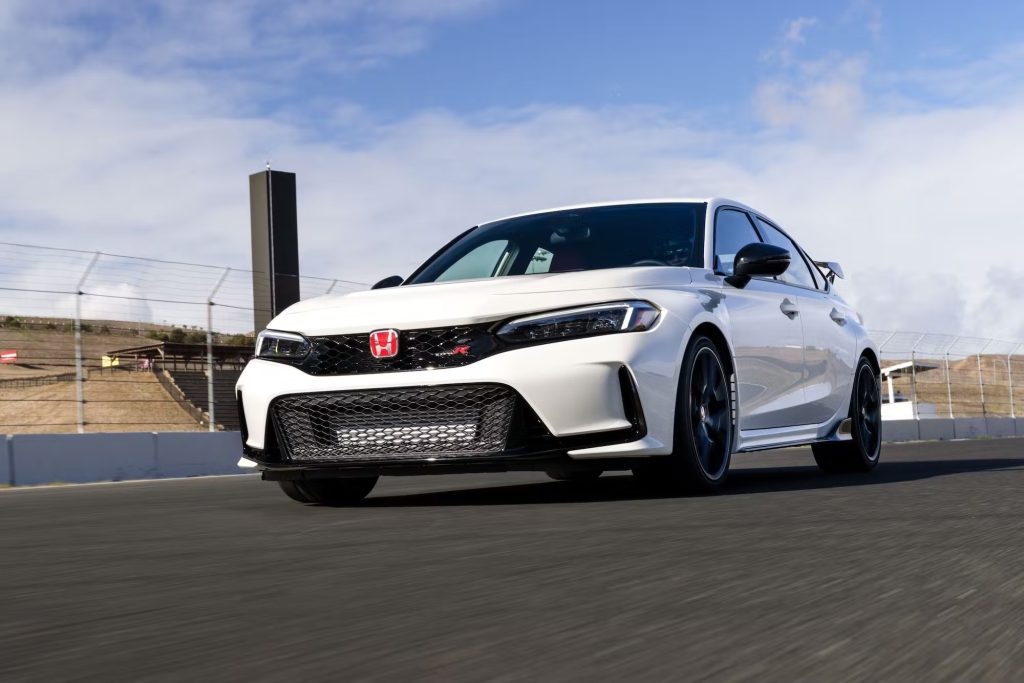
The original, EK9-generation car isn’t here because it’s arguably already a classic, as much for being forbidden fruit as anything. It was never sold in the UK, and its rarity, its age (allowing for export to ravenous markets like the US), and its rapidly escalating prices suggest that maybe there’s no argument after all. The ‘breadvan’ EP3 Type-R, meanwhile, is a little too obvious, the Japanese-market FD2 saloon too obscure, and the first turbocharged FK2 will always be overshadowed by the two that followed it.
Sorry for speaking in codes, but that’s kind of a Honda thing. And the one code I’ve not yet mentioned is FN2: the European market–only, very triangular three-door hatch that Honda sold between 2007 and 2011. That is where our story begins.
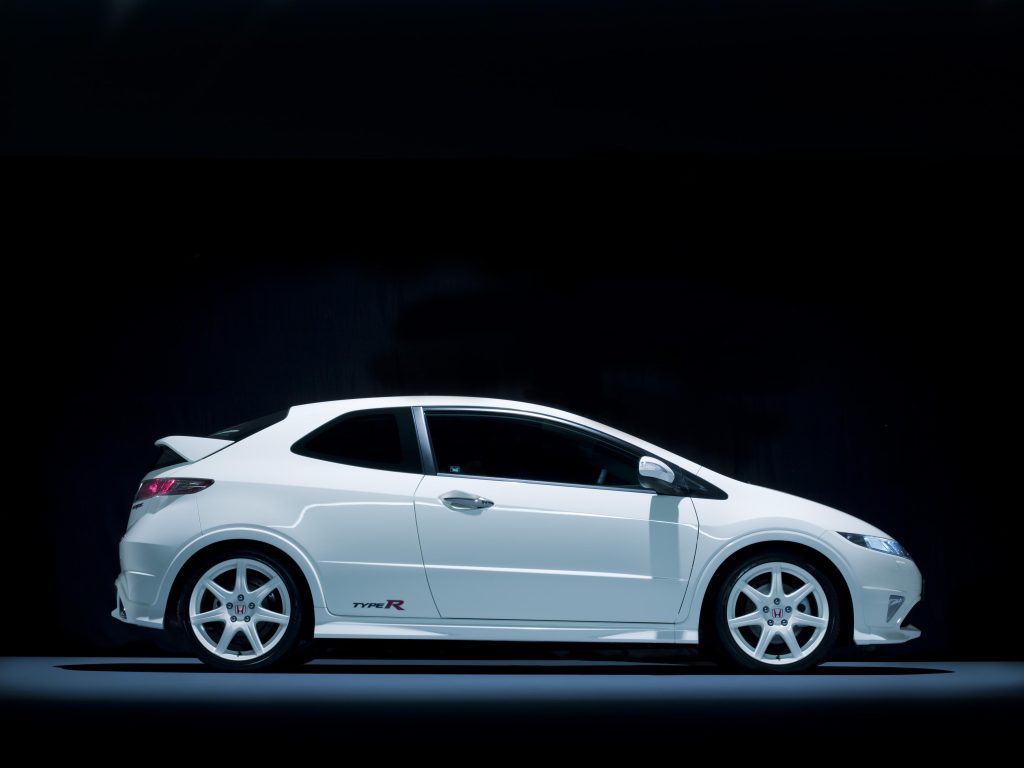
Vape pens weren’t around in 2007, but if they had been, dyed-in-the-wool Honda types would have nearly choked on them when Honda announced the latest Type-R would ditch double wishbones for a rear torsion beam.
Strictly speaking, Honda probably didn’t announce it so much as confirm that, like the Civic it had launched in 2005, the Type-R would also use a torsion beam, but Honda folks are very protective over their double wishbones. This is despite the fact Honda has used everything from regular old MacPherson struts to a torsion bar front end and – yes – a rear beam over the years in its models. It’s also despite the fact that probably nine out of the 10 best-handling front-drivers ever have never gone near a double A-arm, so that suspension type is clearly not a requirement for handling aptitude. But car enthusiasts, even younger ones who worship at the altar of VTEC, can be quite curmudgeonly sometimes.
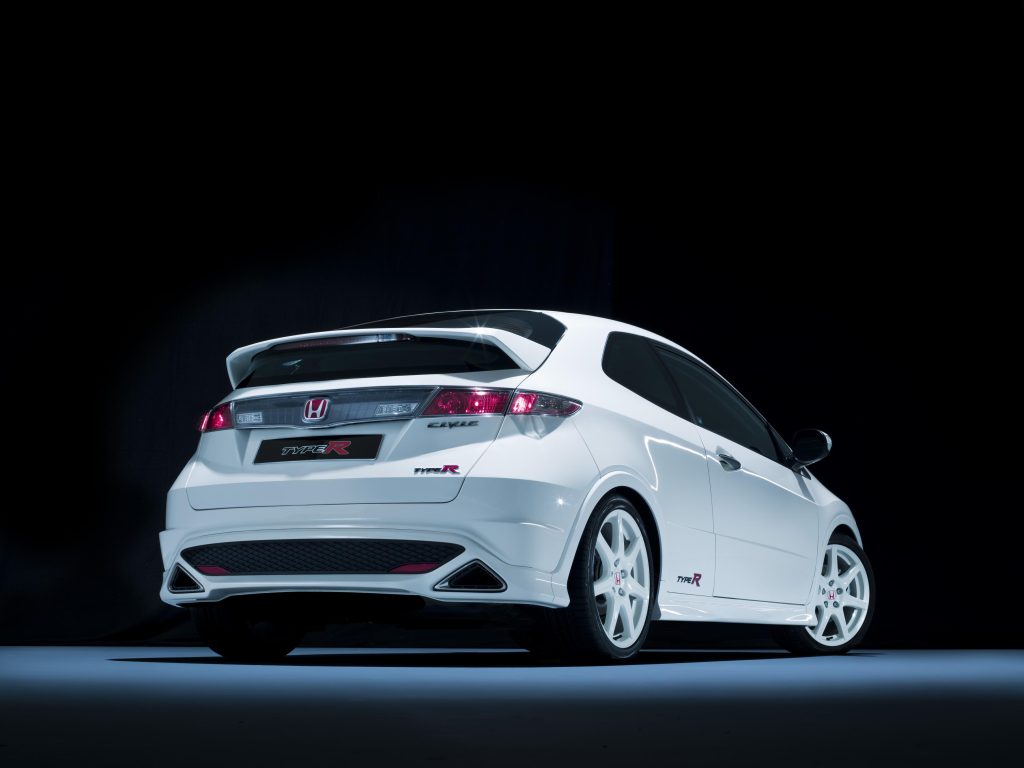
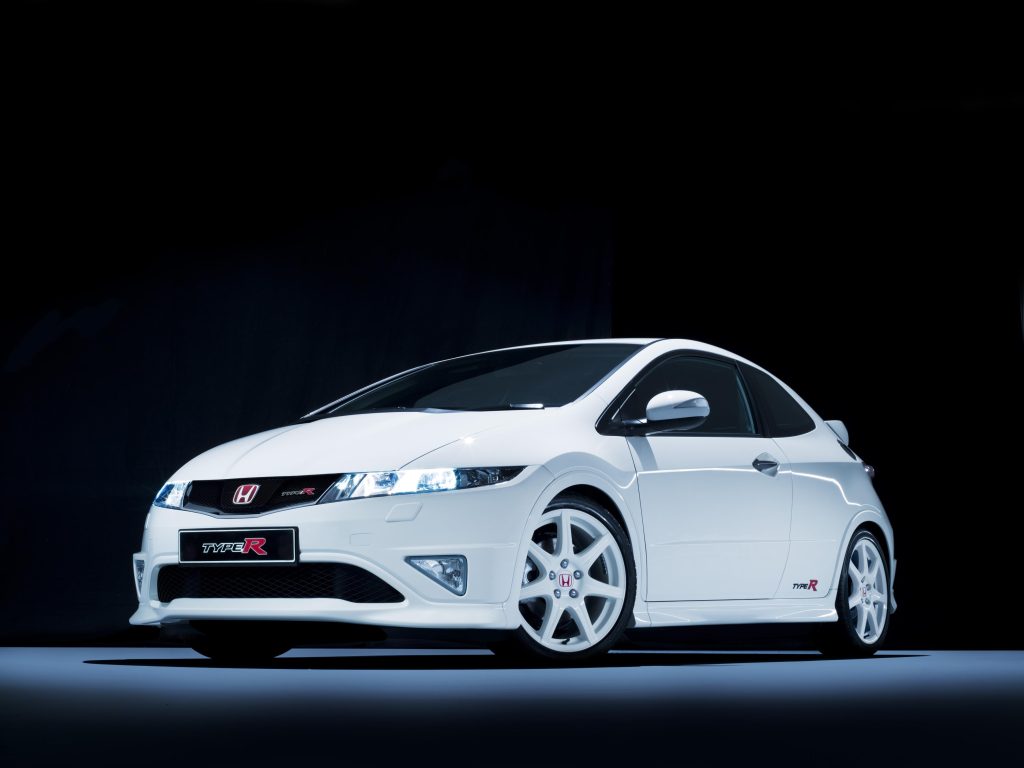
In any event, the torsion beam setup compromised the Honda’s ride more than its handling, and since Civic Type-Rs have never been the smoothest of things, it seems harsh to criticise it for being a bit knobbly sometimes. The tradeoff is that driven back to back with its breadvan predecessor, the FN2 actually feels like the sharper tool on the road. It certainly has the more satisfying steering – not exactly loaded with feel but weightier and more responsive.
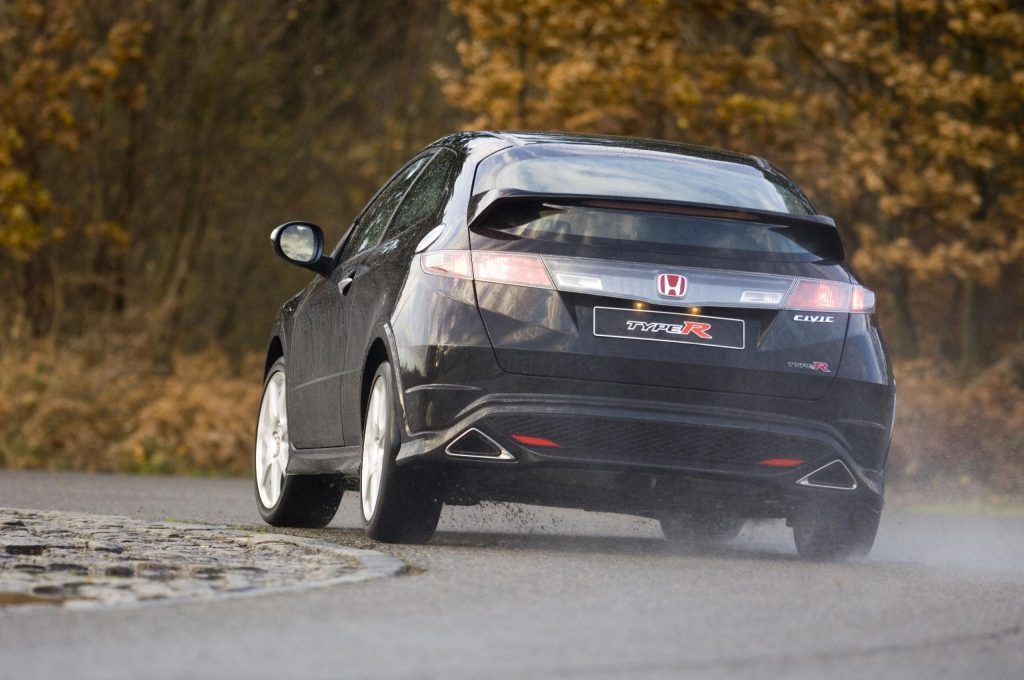
The whole car felt more substantial than the EP3 did, too. The driving position was less MPV-like, and while the old Honda characteristic of a low scuttle was gone, the mad interior design still got the fundamentals right: great seats, alloy gearknob and pedals perfectly sited, and a sodding great glowing tachometer visible through the steering wheel.
That tacho was marked with an 8000rpm redline, but the important part was actually slightly further down those markings, since Honda had lowered the K20 four-cylinder’s VTEC engagement point from 6000rpm to 5400rpm. While most turbo engines have given up by even 5400rpm, this lower changeover made the new car’s 198bhp feel so much more lively than the old one’s 197bhp, despite the FN2 carrying extra weight. It also stopped you dropping quite so tragically out of the noisy zone if you’d not timed a gearshift to perfection.
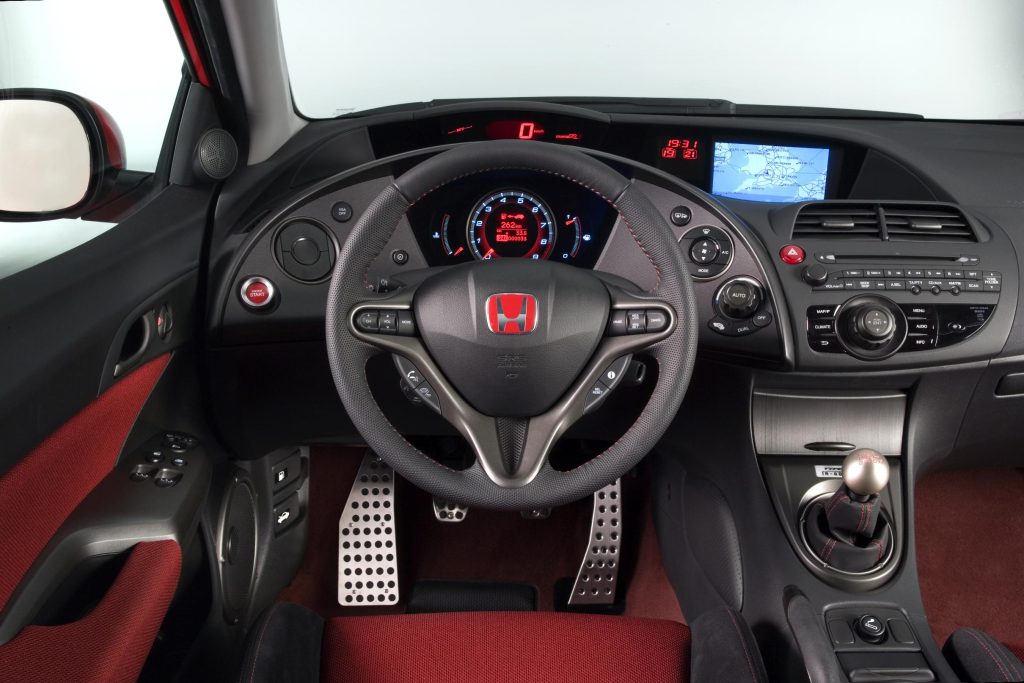
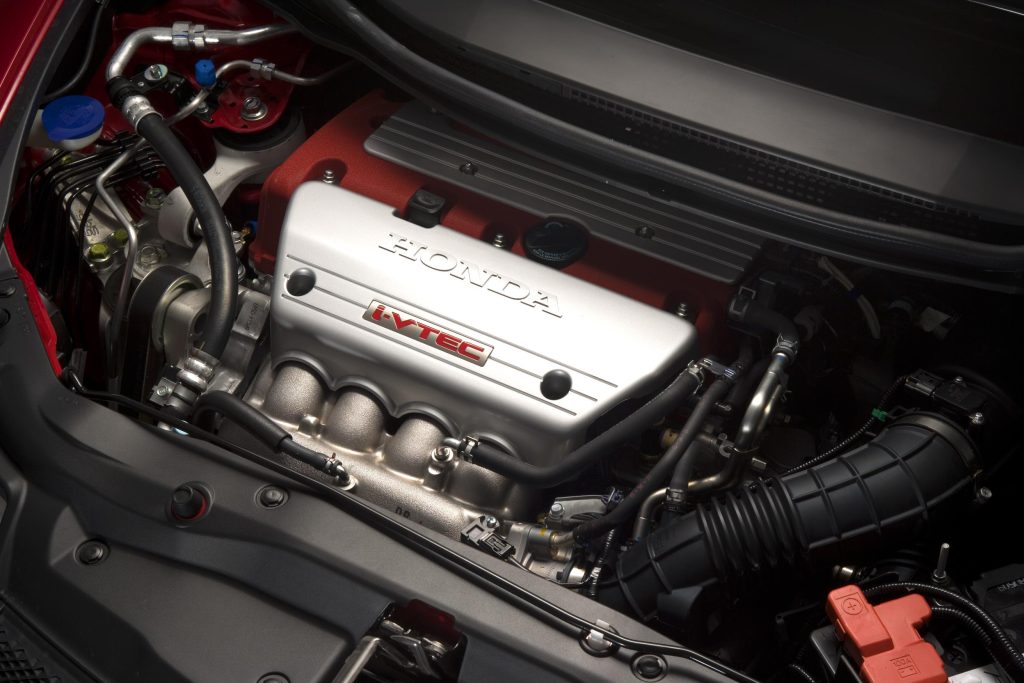
And frankly, it’s this engine alone that makes the FN2 a future classic. Notably, it is the last naturally aspirated Type-R, and whatever dynamic disadvantage it has to the cars that followed – and even if it has just two-thirds the power of the modern cars – their turbocharged engines simply cannot match the feel and sound of the engine in the relatively humble FN2.
Nor can any engine in a modern turbocharged hot hatch, come to think of it. The FN2 wasn’t just the last atmospheric Honda performance car (outlasting the S2000, too), but one of the last hot hatches without forced induction, full stop. Only the Suzuki Swift Sport revved on turbo-free for a few more years, and good though that car was, its engine won’t be remembered as a classic in its own right, like the Civic’s K20.
So yes, the ‘worst’ Civic Type-R feels like a good bet for a future classic. The first time you go anywhere above 5400rpm, you’ll forget all about what kind of axle is holding up the back end.
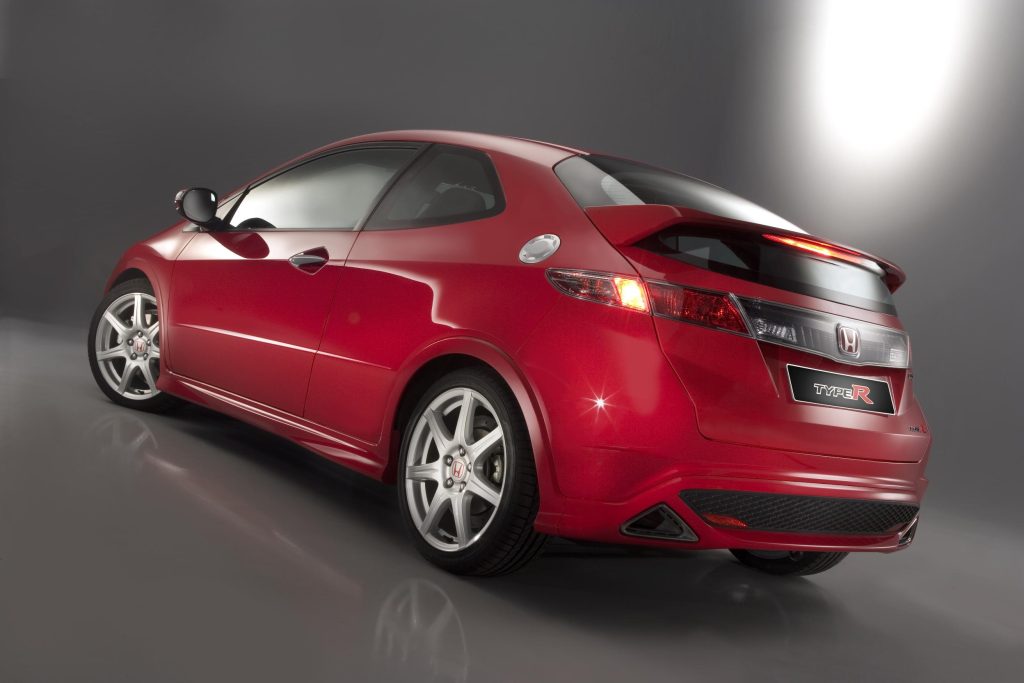










Years ago, a Civic was ready to race with just the carpets and back seat removed. It was alive. Pure Honda.
The Fn2 was also sold on the JDM market as the Euro Type R.